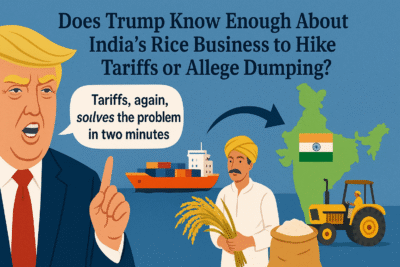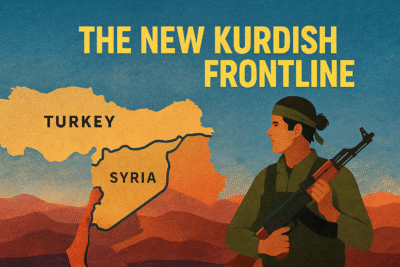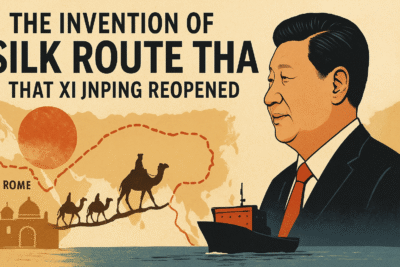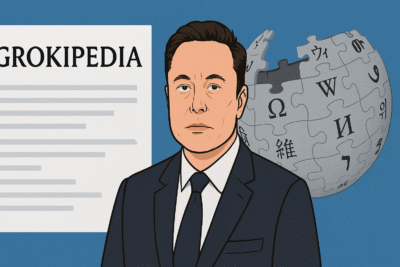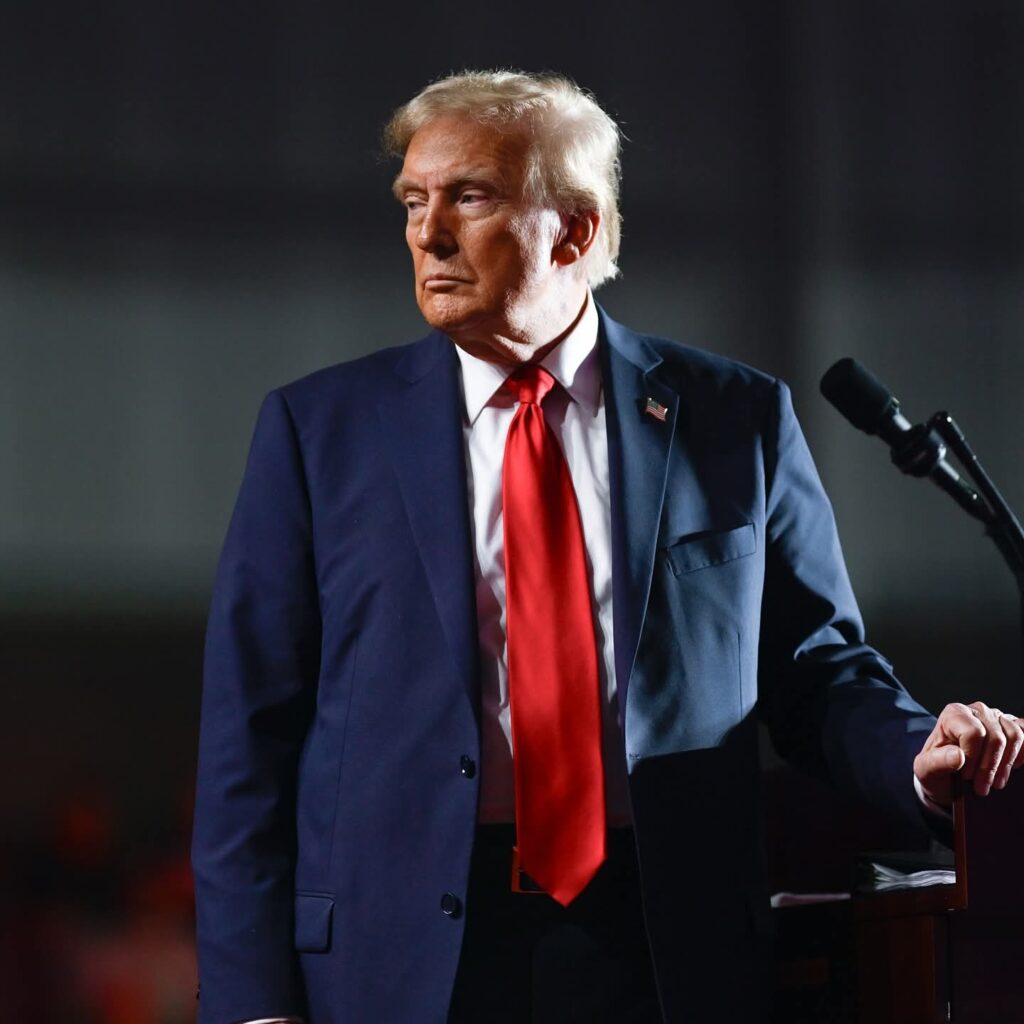
Donald Trump, the 45th and 47th US President (Photo: Facebook/Donald Trump)
The Mauritshuis in The Hague, usually a sanctuary for art lovers, is now the unlikely backdrop for Nato’s most consequential summit in years.
Leaders have arrived with briefcases full of policy papers, but it is the shadow of Donald Trump’s missile strikes on Iran that looms over every conversation, every handshake, every carefully rehearsed statement.
Trump, by the way, has been striking at the roots of Nato ever since he first entered the White House. And his zeal has only gathered more energy after he won a second presidency. His pressing of the reset button of the global order has posed an existential question before the Nato leaders as they huddle in the Hague.
An alliance on edge
The summit was meant to be about unity and a new era of burden-sharing. Trump, back at the Nato table for the first time since 2019, had demanded a historic leap in defence spending: 5 percent of GDP, a target that has left finance ministers across Europe wincing. Trump has only intensified his demands for Nato members, sending Europe on a military spending spree as it fears a Russian attack beyond the borders of Ukraine, which has been trying to fight off the aggression by Moscow’s muscleman.
At the Hague summit, the plan was to show the world, and Russia in particular, that Nato remains strong, modern and united.
But the script has been torn up. The US strikes on Iranian nuclear sites — launched with little warning to European allies — have upended the agenda. Instead of focusing on budgets and modernisation, leaders are now scrambling to contain the political and military fallout of an American action that could drag the alliance into a new West Asia conflict.
Private doubts, public unity
In private, many European officials admit to feeling sidelined and anxious. Memories of the 2003 Iraq war linger, when Nato was split by another US-led intervention in the region. Now, as then, some fear being swept along by Washington’s decisions.
Yet in public, the alliance projects unity, with secretary-general Mark Rutte calling the new defence spending pledge “historic and fundamental to securing our future”.
But unity is fragile. Spain’s prime minister has already balked at the 5 percent target, exposing cracks in the alliance’s resolve. Ukraine’s president, once the star guest, has been relegated to a pre-summit dinner, a casualty of Trump’s unpredictable moods and the summit’s tightly controlled choreography.
The existential question
Behind closed doors, the existential question is unavoidable: can Nato survive this moment? The alliance has weathered storms before—French withdrawals, Turkish coups, American doubts. But rarely has it faced a US president so willing to act alone, or so openly sceptical of the alliance’s value.
As the summit unfolds, leaders must decide whether to follow Trump’s lead or chart a more independent course. The stakes are immense. A misstep could fracture the alliance, embolden adversaries, and leave Europe exposed at a time of rising threats from both east and south.
A summit that will be remembered
For now, the world watches The Hague. Whether Nato emerges strengthened or divided may depend less on the carefully drafted communiqués and more on how it answers the question echoing through its grandest halls: can Nato survive Trump’s strikes?
